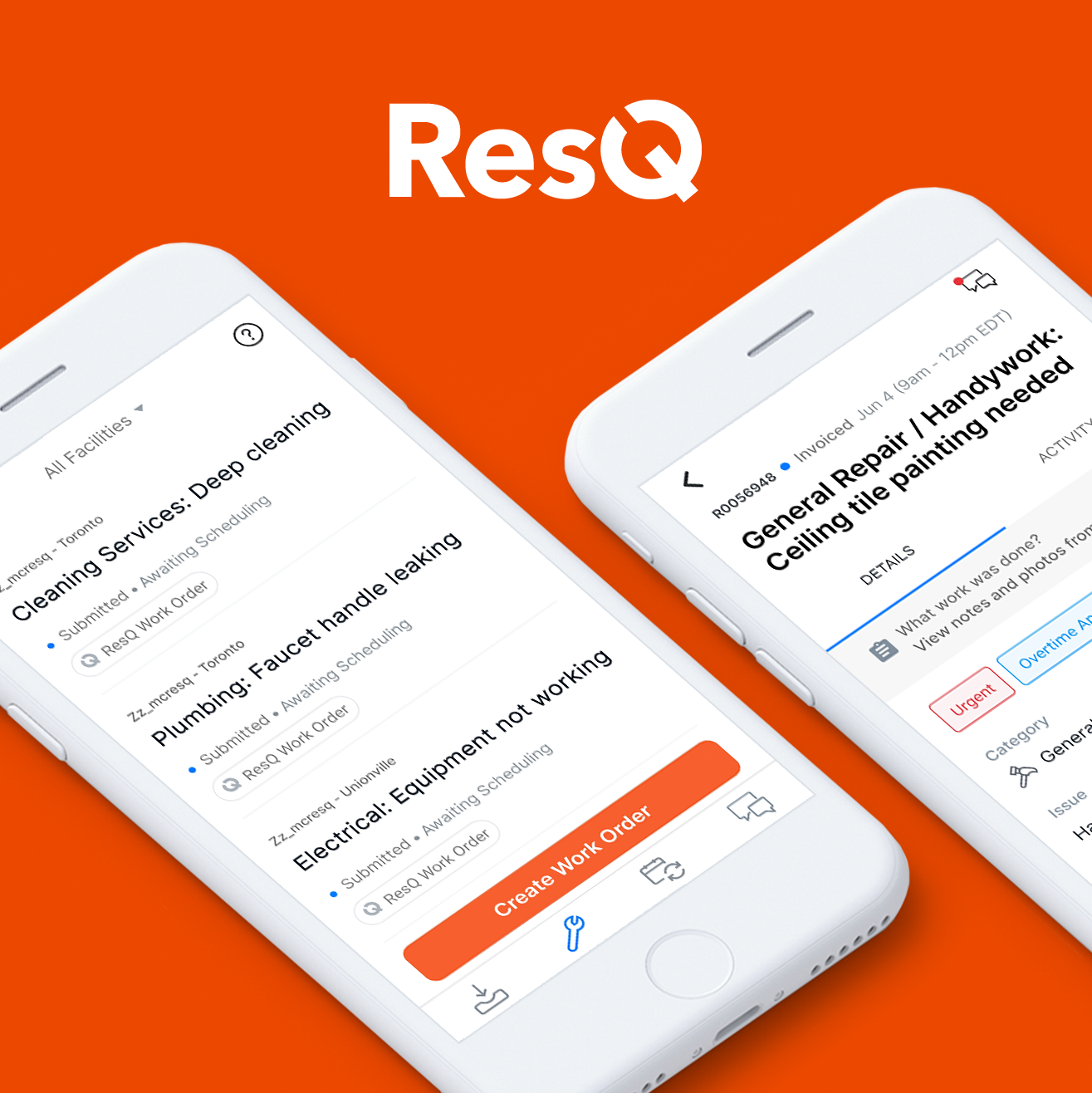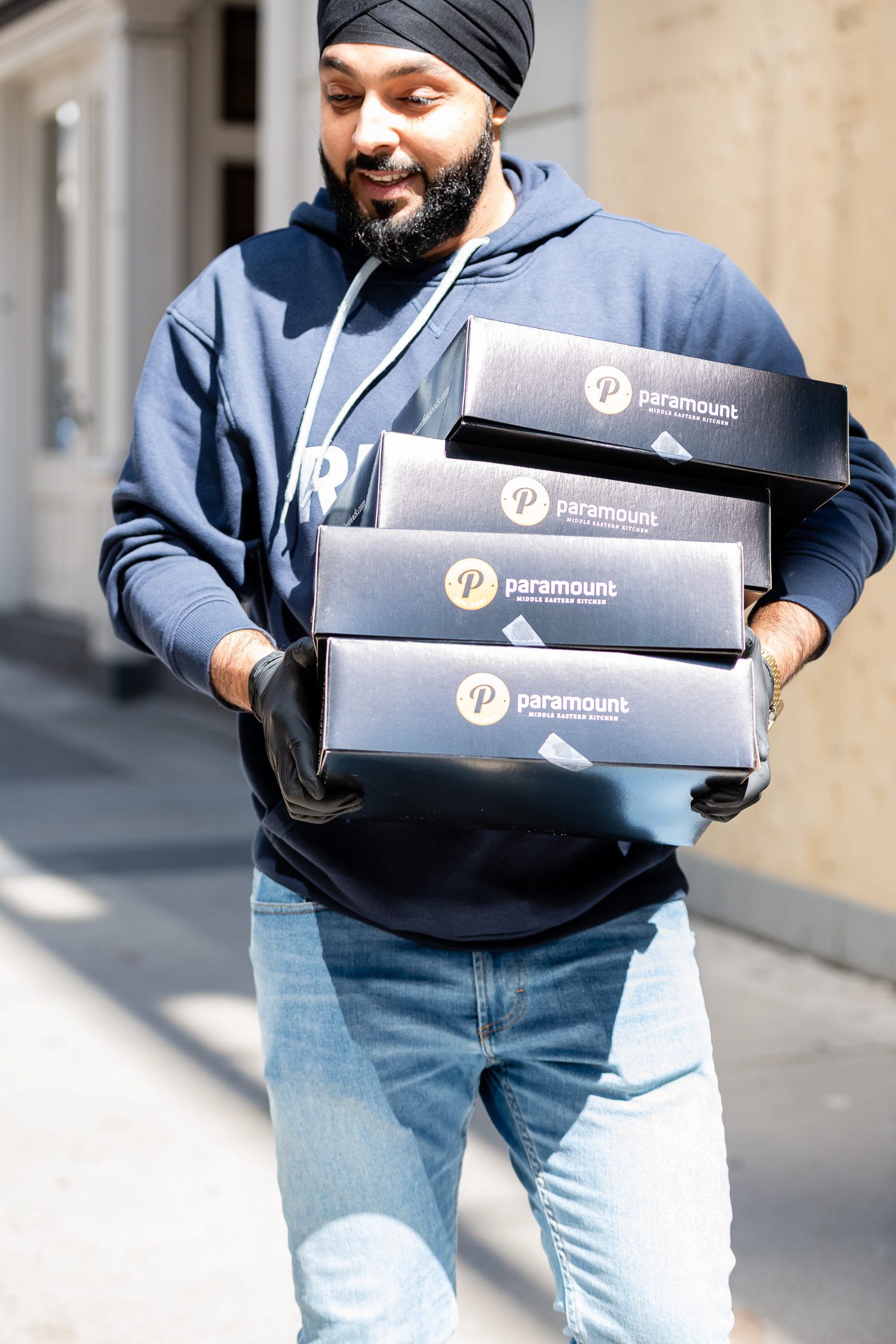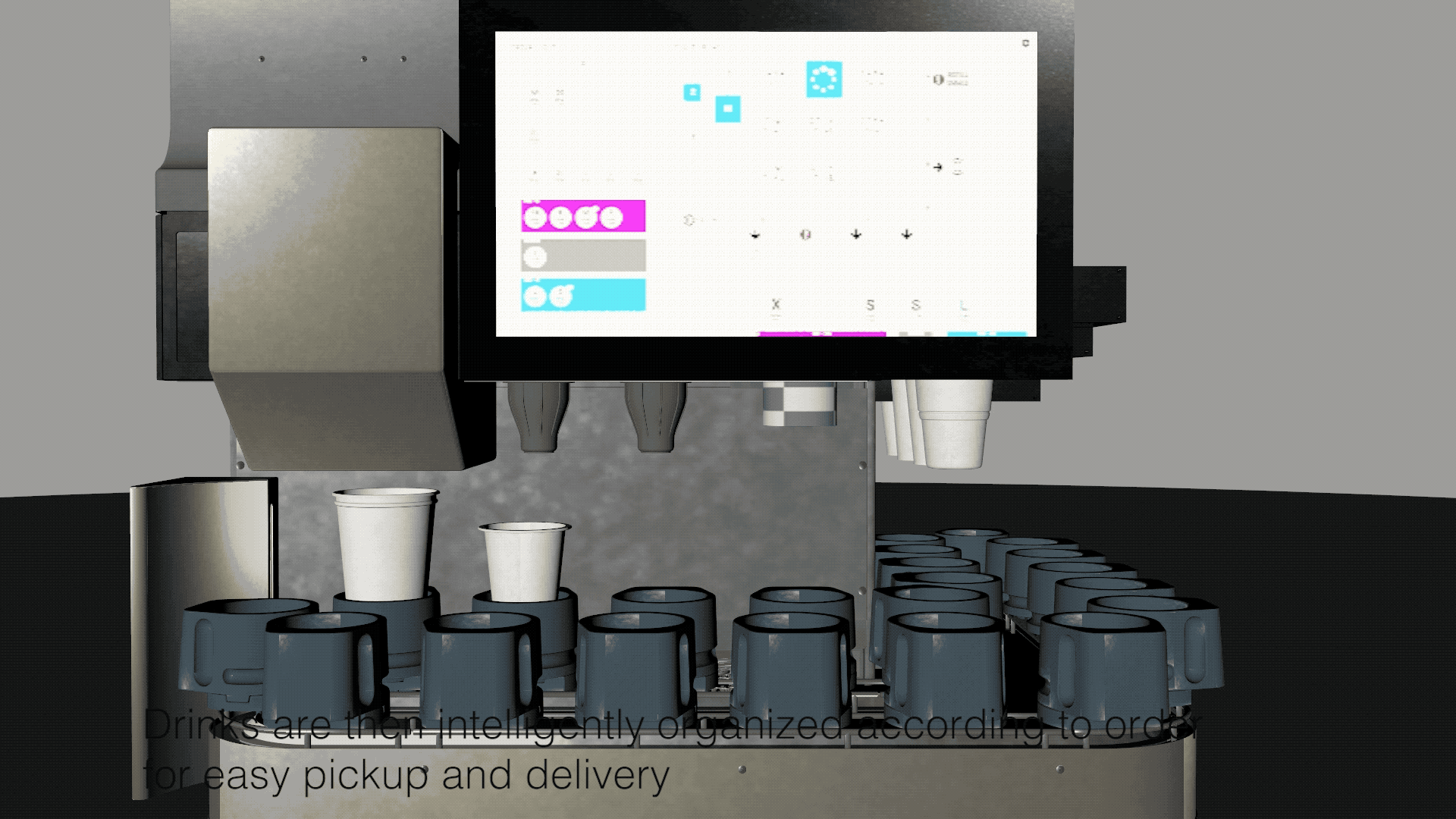Time is your most valuable asset — as the saying goes — and today a startup called Memory.ai, which is building AI-based productivity tools to help you with your own time management, is announcing some funding to double down on its ambitions: it wants not only to help manage your time, but to, essentially, provide ways to use it better in the future.
The startup, based out of Oslo, Norway, initially made its name with an app called Timely, a tool for people to track time spent doing different tasks. aimed not just at people who are quantified self geeks, but those who need to track time for practical reasons, such as consultants or others who work on the concept of billable hours. Timely has racked up 500,000 users since 2014, including more than 5,000 paying businesses in 160 countries.
Now, Memory.ai has raised $14 million as it gears up to launch its next apps, Dewo (pronounced “De-Voh”), an app that is meant to help people do more “deep work” by learning about what they are working on and filtering out distractions to focus better; and Glue, described as a knowledge hub to help in the creative process. Both are due to be released later in the year.
The funding is being led by local investors Melesio and Sanden, with participation from Investinor, Concentric and SNÖ Ventures, who backed Memory.ai previously.
“Productivity apps” has always been something of a nebulous category in the world of connected work. They can variously cover any kind of collaboration management software ranging from Asana and Jira through to Slack and Notion; or software that makes doing an existing work task more efficiently than you did it before (eg Microsoft has described all of what goes into Microsoft 365 — Excel, Word, Powerpoint, etc. — as “productivity apps”); or, yes, apps like those from Memory.ai that aim to improve your concentration or time management.
These days, however, it feels like the worlds of AI and advances in mobile computing are increasingly coming together to evolve that concept once again.
If the first wave of smartphone communications and the apps that are run on smartphone devices — social, gaming, productivity, media, information, etc. — have led to us getting pinged by a huge amount of data from lots of different places, all of the time, then could it be that the second wave is quite possibly going to usher in a newer wave of tools to handle all that better, built on the premise that not everything is of equal importance? No-mo FOMO? We’ll see.
In any case, some bigger platform players also helping to push the agenda of what productivity means in this day and age.
For example, in Apple’s recent preview of iOS 15 (due to come out later this year) the company gave a supercharge to its existing “do not disturb” feature on its phones, where it showed off a new Focus mode, letting users customize how and when they want to receive notifications from which apps, and even which apps they want to have displayed, all organized by different times of day (eg work time), place, calendar items, and so on.
“Today, iPhone plays so many roles in our lives. It’s where we get information, how people reach us, and where we get things done. This is great, but it means our attention is being pulled in so many different directions and finding that balance between work and life can be tricky,” said Apple’s Craig Federighi in the WWDC keynote earlier this month. “We want to free up space to focus and help you be in the moment.” How well that gets used, and how much other platforms like Google follow suit, will be interesting to see play out. It feels, in any case, like it could be the start of something.
And, serendipitously — or maybe because this is some kind of zeitgeist — this is also playing into what Memory.ai has built and is building.
Mathias Mikkelsen, the Oslo-based founder of Memory.ai, first came up for his idea for Timely (which had also been the original name of the whole startup) when he was working as a designer in the ad industry, one of those jobs that needed to track what he was working on, and for how long, in order to get paid.
He said he knew the whole system as it existed was inefficient: “I just thought it was insane how cumbersome and old it was. But at the same time how important it was for the task,” he said.
The guy had an entrepreneurial itch that he was keen to scratch, and this idea would become the salve to help him. Mikkelsen was so taken with building a startup around time management, that he sold his apartment in Oslo and moved himself to San Francisco to be where he believed was the epicenter of startup innovation. He tells me he lived off the proceeds of his flat for two years “in a closet” in a hacker house, bootstrapping Timely, until eventually getting into an accelerator (500 Startups) and subsequently starting to raise money. He eventually moved back to Oslo after two years to continue growing the business, as well as to live somewhere a little more spacious.
The startup’s big technical breakthrough with Timely was to figure out an efficient way of tracking time for different tasks, not just time worked on anything, without people having to go through a lot of data entry.
The solution: to integrate with a person’s computer, plus a basic to-do schedule for a day or week, and then match up which files are open when to determine how long one works for one client or another. Phone or messaging conversations, for the moment, are not included, and neither are the contents of documents — just the titles of them. Nor is data coming from wearable devices, although you could see how that, too, might prove useful.
The basic premise is to be personalised, so managers and others cannot use Timely to track exactly what people are doing, although they can track and bill for those billable hours. All this is important, as it also will feed into how DeWo and Glue will work.
The startup’s big conceptual breakthrough came around the same time: Getting time tracking or any productivity right “has never been a UI problem,” Mikkelsen said. “It’s a human nature problem.” This is where the AI comes in, to nudge people towards something they identify as important, and nudge them away from work that might not contribute to that. Tackling bigger issues beyond time are essential to improving productivity overall, which is why Memory.ai now wants to extend to apps for carving out time for deep thinking and creative thinking.
While it might seem to be a threat that a company like Apple has identified the same time management predicament that Memory.ai has, and is looking to solve that itself, Mikkelsen is not fazed. He said he thinks of Focus as not unlike Apple’s work on Health: there will be ways of feeding information into Apple’s tool to make it work better for the user, and so that will be Memory.ai’s opportunity to hopefully grow, not cannibalize, its own audience with Timely and its two new apps. It is, in a sense, a timely disruption.
“Memory’s proven software is already redefining how businesses around the world track, plan and manage their time. We look forward to working with the team to help new markets profit from the efficiencies, insights and transparency of a Memory-enabled workforce,” said Arild Engh, a partner at Melesio, in a statement.
Kjartan Rist, a partner at Concentric, added: “We continue to be impressed with Memory’s vision to build and launch best-in-class products for the global marketplace. The company is well on its way to becoming a world leader in workplace productivity and collaboration, particularly in light of the remote and hybrid working revolution of the last 12 months. We look forward to supporting Mathias and the team in this exciting new chapter.”




